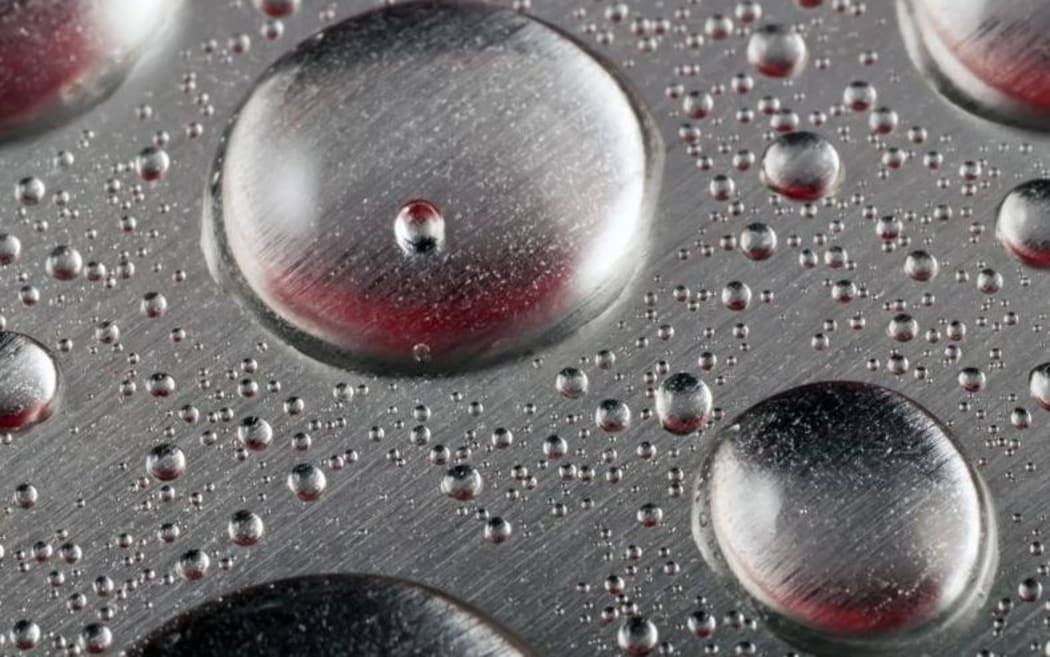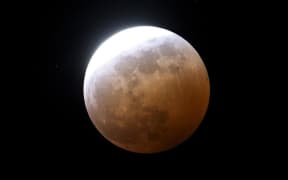Physicists in the US have created metal surfaces that repel water to the extent that droplets bounce away.
They sculpted the surface of small pieces of platinum, titanium and brass using a very high-powered laser.

Physicists in the US have created metal surfaces that repel water to the extent that droplets bounce away. Photo: 123RF
The materials "self-clean" because water droplets gather dust particles before they slide away, the BBC reported.
If it can be scaled up, the technique could help produce hygienic, easily-maintained devices - from solar panels to toilets - that do not rust or ice up.
The team, from the University of Rochester in New York, reported their findings in the Journal of Applied Physics.
Many efforts to produce such "superhydrophobic" surfaces have relied on coatings, but this approach permanently changes the shape of the metal's surface.
"The structures created by our laser on the metals are intrinsically part of the material surface," said senior author Professor Chunlei Guo.
"The material is so strongly water-repellent, the water actually gets bounced off. Then it lands on the surface again, gets bounced off again, and then it will just roll off from the surface."
Prof Guo's team etched parallel grooves into the metals, 0.1mm apart, using rapid pulses of a laser beam that are extremely strong but extremely brief - lasting just a few quadrillionths of a second.
On close inspection, these grooves are covered in complex "nanostructures" that give the surface its remarkable properties.
Immediately following the treatment, water actually sticks very easily to the metal surface. But as soon as it comes into contact with air, it becomes almost impossible to get wet.
Water droplets released from 2cm above the surface bounce back to a height of 5mm, maintaining 30 percent of their energy. And any drops sitting on the surface, given half a chance, will slide away.
These materials are even slipperier than Teflon, a hydrophobic material well-known from non-stick frying pans.
To make water droplets slide off a Teflon surface, it must be tilted to nearly 70 degrees; these new laser-etched materials will shed droplets at an angle of just four degrees.
The researchers also covered some samples in dust from a vacuum cleaner. Three water droplets cleaned half the dust particles away, while 10-15 left the metal surface completely clean and dry.
Prof Guo hopes that his research will help make better devices for collecting rain water, or easily-cleaned, hygienic surfaces for medical or sanitary purposes, particularly in developing countries.





